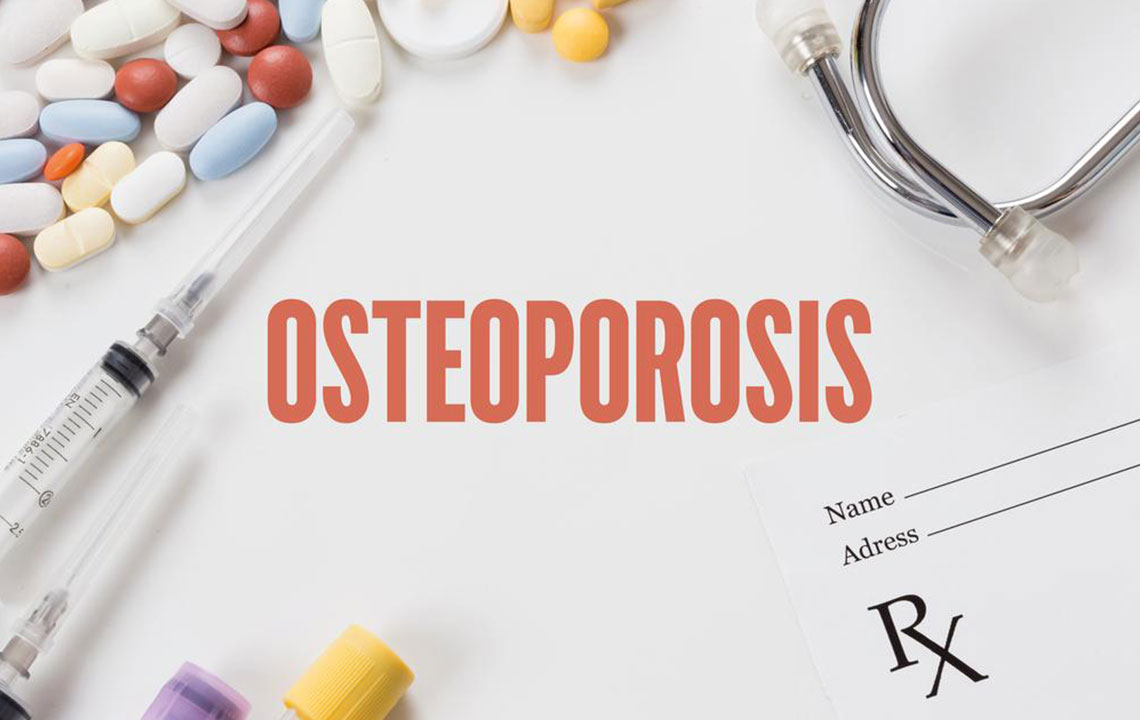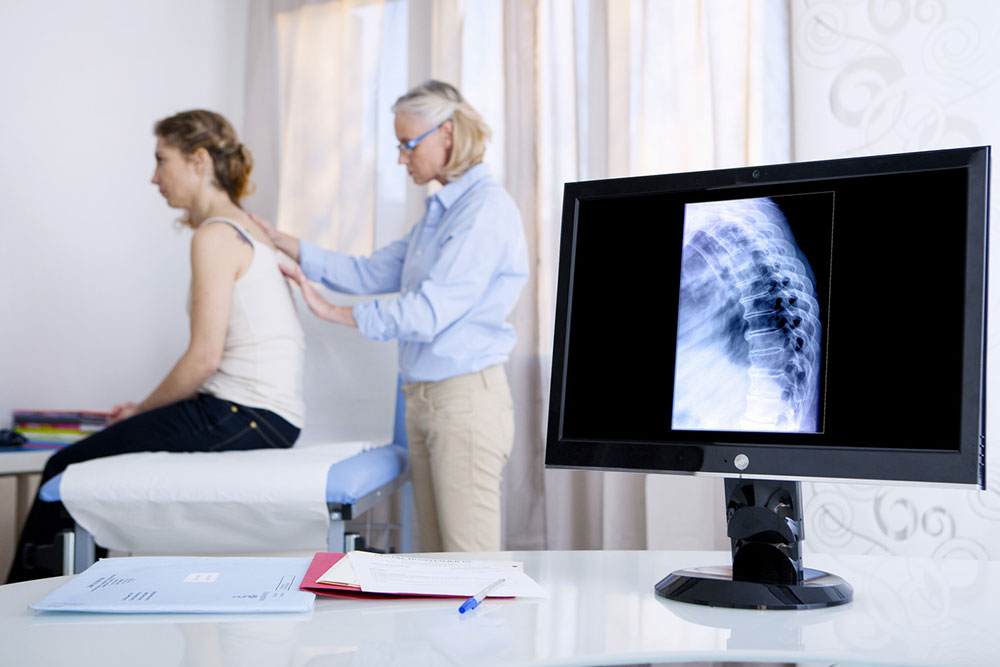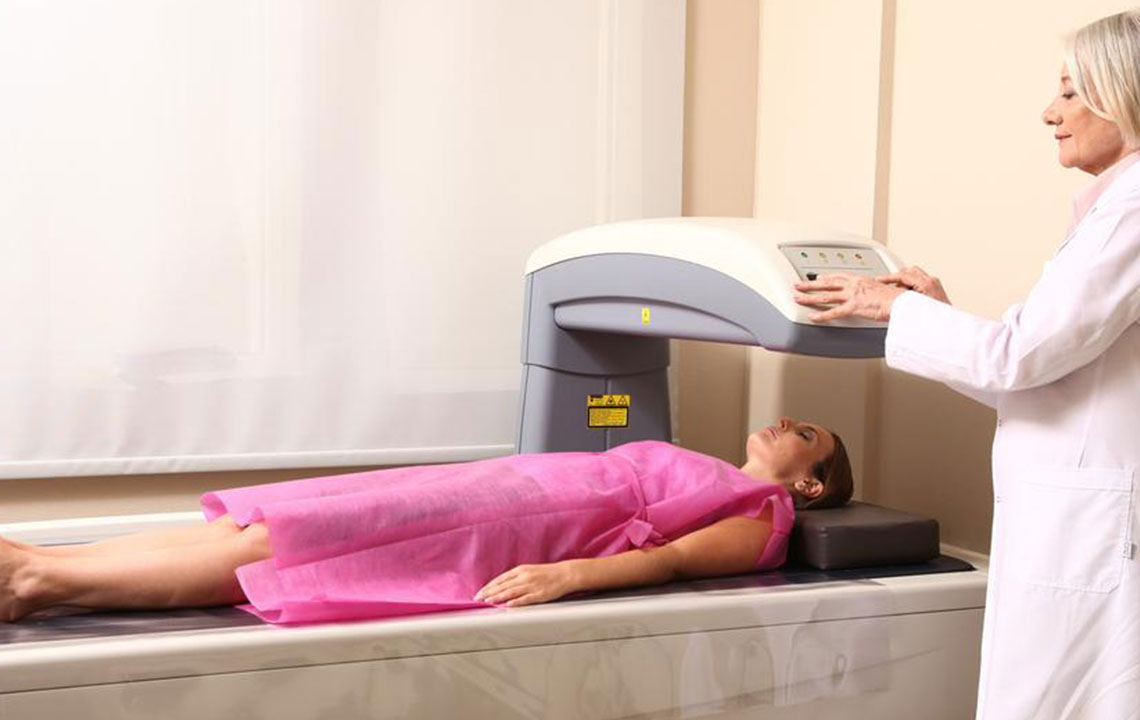Assessing Bone Density: A Crucial Step in Osteoporosis Management
This article highlights the importance of bone density testing in diagnosing and managing osteoporosis. It explains the role of DXA scans, how BMD results inform fracture risk, and underscores early detection's significance in preventing serious health consequences. Essential for clinicians and patients alike, BMD assessments aid in timely intervention to reduce fracture risks and improve bone health outcomes.

Assessing Bone Density: A Key Method for Detecting Osteoporosis
Osteoporosis often progresses silently until a fracture occurs. It affects approximately 44 million Americans aged 50 and older, representing about 55% of that population. Fractures in the spine and hips can lead to chronic pain, deformities, mental health issues, disability, and increased mortality. Nearly half of hip fracture patients won't regain independent walking, and a quarter require long-term support. The five-year death rate after such fractures is about 20% higher than expected, especially affecting men.
According to the Surgeon General’s “Report on Bone Health and Osteoporosis” and the National Osteoporosis Foundation’s (NOF) “Physician’s Guide to Prevention and Treatment of Osteoporosis,” osteoporosis poses a significant public health challenge. Utilizing bone mineral density (BMD) testing is essential for identifying individuals at high risk of fractures before they happen.
BMD testing is recommended for those who might benefit from it, especially when results influence treatment decisions. It can confirm high fracture risk, provide diagnostic clarity, estimate fracture probability, and serve as a baseline for future monitoring of BMD variations.
Repeated BMD assessments showing changes or stability can inform clinical strategies, provided the tests are conducted correctly and interpreted by knowledgeable professionals. The most reliable technique for diagnosing and tracking osteoporosis is dual-energy X-ray absorptiometry (DXA) of the spine, hip, or forearm. DXA results strongly correlate with bone strength, offer high accuracy, and expose patients to minimal radiation. BMD measurements can help predict fracture risk across various skeletal sites, usually reported as a T-score comparing a patient’s BMD to a young healthy reference group. Postmenopausal women’s BMD classifications include normal, osteopenia, or osteoporosis, based on WHO standards. Ongoing efforts are refining cost-effective treatment thresholds combining T-scores with other clinical risk factors.









